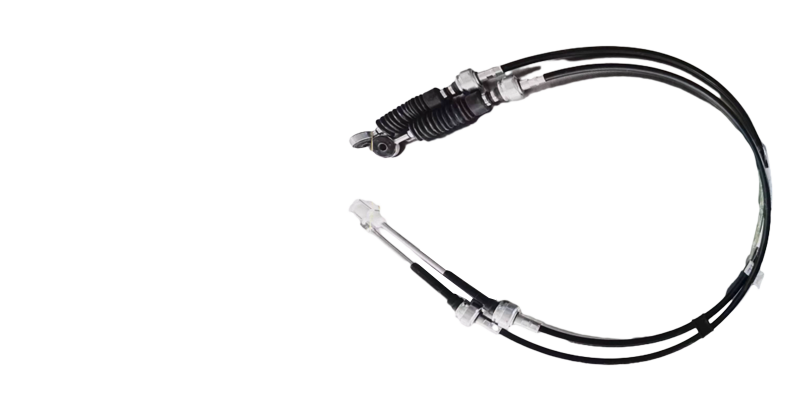hand brake cable
Understanding Hand Brake Cables Essential Components for Vehicle Safety
The hand brake, often referred to as the emergency brake or parking brake, is a crucial safety feature in vehicles. One of the unsung heroes behind its operation is the hand brake cable. This cable plays a vital role in ensuring that a car remains stationary when parked and provides additional stopping power in emergencies. In this article, we'll delve into the function, construction, maintenance, and potential issues associated with hand brake cables.
Function of Hand Brake Cables
The primary purpose of the hand brake cable is to connect the hand brake lever in the vehicle’s cabin to the brake system at the rear wheels. When the driver pulls the hand brake lever, it creates tension in the cable, which activates the brake mechanism. This mechanism typically consists of calipers or drum brakes, depending on the vehicle's design.
The hand brake is primarily designed to keep a parked car stationary, especially on inclines. It also serves as a backup braking system should the primary hydraulic brake system fail. This dual function highlights the importance of having a reliable hand brake cable in optimal condition.
Construction and Materials
Hand brake cables are designed to withstand significant stress and wear. They are typically made of a durable steel wire encased in a protective sheath. The outer casing offers protection against environmental factors like moisture and dirt, which can lead to corrosion and degradation. The inner cable, which is under tension when the hand brake is engaged, is engineered to be both flexible and strong.
Some modern vehicles may use advanced materials, such as stainless steel or coated cables, to enhance durability and resistance to rust. The design might include pulleys and various brackets that facilitate smooth operation when pulling the hand brake.
Maintenance and Care
Regular maintenance of the hand brake cable is crucial for vehicle safety. Over time, cables can stretch or become frayed, leading to decreased effectiveness. Here are some maintenance tips to keep your hand brake cable functioning well
hand brake cable

1. Visual Inspection Regularly check the cables for any visible signs of wear, fraying, or rust. If any of these issues are discovered, the cable should be replaced immediately.
2. Tightness Check Ensure that the hand brake lever has the proper amount of resistance. If it feels too loose, it may indicate that the cable has stretched and needs adjustment or replacement.
3. Lubrication Periodically lubricate the cable and its housing to prevent corrosion and ensure smooth operation. Be careful not to use excessive lubricant, as this can attract dirt and debris.
4. Professional Inspection Have a qualified mechanic inspect the hand brake system during regular vehicle maintenance. They can assess the condition of the cable and other related components, such as the brake shoes or discs.
Troubleshooting Common Issues
Certain issues can arise with hand brake cables, and early detection is key to preventing safety hazards. Some common problems include
- Cable Fraying or Breaking If you notice that the hand brake lever requires excessive force to engage, the cable may be fraying or about to break. - Rust and Corrosion Exposure to moisture can lead to rust and corrosion of the cable, which can impede its function. If rust is noted, replacing the cable is advisable.
- Poor Adjustment Sometimes, the cable may become loose over time, leading to a lack of tension. This can often be remedied by adjusting the cable as per the manufacturer’s specifications.
Conclusion
The hand brake cable is a critical component of vehicle safety that often goes unnoticed until problems arise. By understanding its function, maintaining it properly, and being aware of common issues, drivers can ensure that their hand brake system remains reliable. Regular inspections and timely repairs can prevent potentially dangerous situations on the road, making vehicle safety a paramount concern for all drivers. Ultimately, a well-maintained hand brake cable contributes to the overall safety and performance of your vehicle, allowing you to drive with confidence.
-
Workings of Clutch Pipe and Hose SystemsNewsJun.04,2025
-
The Inner Workings of Hand Brake Cable SystemsNewsJun.04,2025
-
The Secrets of Throttle and Accelerator CablesNewsJun.04,2025
-
The Hidden Lifeline of Your Transmission Gear Shift CablesNewsJun.04,2025
-
Demystifying Gear Cables and Shift LinkagesNewsJun.04,2025
-
Decoding Clutch Line Systems A Comprehensive GuideNewsJun.04,2025
